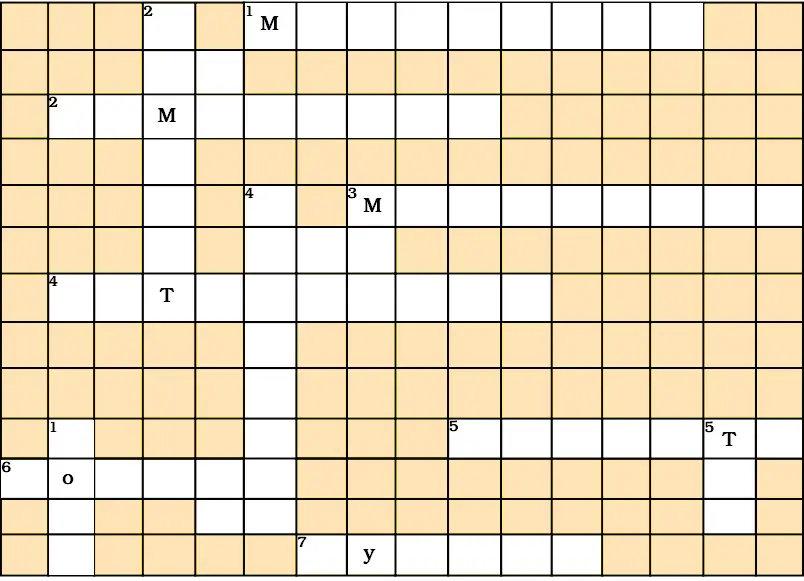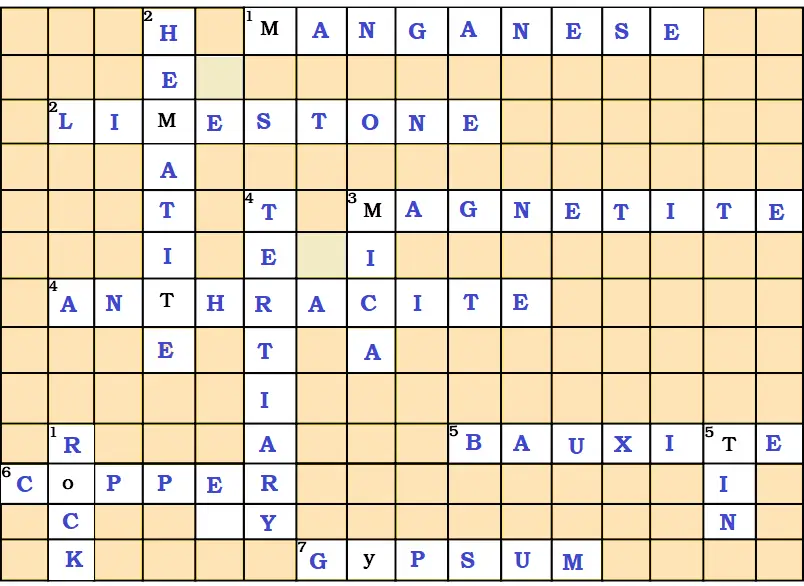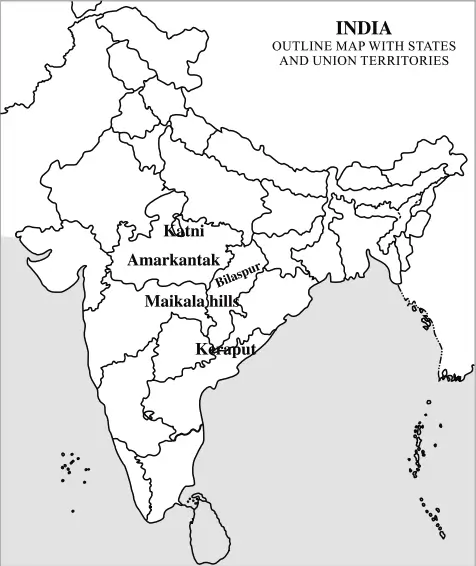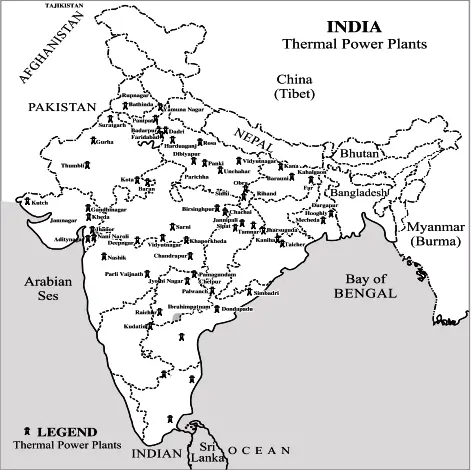NCERT Solutions for Class 10 Social Science Chapter 5: Minerals and Energy Resources - Ace your CBSE Exams!
Grasp agricultural concepts with ease! NCERT Solutions for Class 10 Social Science Chapter 5: Minerals and Energy Resources provides comprehensive explanations and answers to all exercise questions. Understand various energy resources, tyoes of energy, and Mineral resources in India. Boost your exam preparation and score high marks in CBSE Social Science!
NCERT Solutions
Intext Questions
Question.1. Find out how many minerals are used to make a lightbulb?
Ans. Tungsten, glass, aluminum and copper are the main minerals used to make a light bulb.
Question.2. Collect “Nutritional Facts” printed on food labels.?
Ans. Usually all 15 nutrients are shown: calories, calories from fat, fat, saturated fat, trans fat, cholesterol, sodium, carbohydrates, dietary fiber, sugars, protein, vitamin A, vitamin C, calcium, and iron.
Question.3. What is the difference between an open pit mine, a quarry and an underground mine with shafts?
Ans.
- Open pit mine is done for those minerals which lie close to the surface of the earth.
- Quarrying is used for mining minerals which are at shallow depths.
- Underground mining with shafts is used for minerals which lie at great depths below the surface of the earth.
Question.4. Superimpose the maps showing distribution of iron ore, manganese, coal and iron and steel industry. Do you see any correlation? Why?
Ans. These mines are situated a short distance with each other. So, when the raw material (iron) is needed for the iron and steel industry, it is easily available. The cost of transportation becomes less.
Question.5. Locate the mines of Bauxite on the physical map of India.
Ans.
Question.6. Study the maps to explain why Chota Nagpur is a storehouse of minerals.
Ans. The Chota Nagpur Plateau is a plateau in eastern India, which covers much of Jharkhand state as well as adjacent parts of Bihar, Odisha, West Bengal and Chhattisgarh. Chota Nagpur plateau is a storehouse of mineral resources such as mica, bauxite, copper, limestone, iron ore and coal. Damodar Valley Corporation supplies the majority of the coking coal in India. It Holds a good share of the country’s mineral output. Districts of east and west Singhbhum are a major source of minerals in this region.
Question.7. Make a list of items where substitutes are being used instead of minerals. Where are these substitutes obtained from?
Ans.
- ‘Oil and natural gas’ can be substituted for coal.
- Wood/plastic can be substituted for iron, steel, and copper.
- Artificial jewellery made from plastics can be substituted for gold and silver jewellery.
- Most of the substitutes used are obtained from natural resources.
Question.8. Collect information about cross country natural gas pipelines laid by GAIL (India) under “One Nation One Grid”.
Ans. The Indian Power system for planning and operational purposes is divided into five regional grids.
One Nation, One Gas Grid refers to the integration of these regional grids thus establishing a national grid for providing energy produced by natural gas to various stakeholders like the central government, the state governments, the public and the private sectors.
Question.9. Name some river valley projects and write the names of the dams built on these rivers.
Ans.
- Almatti Dam on Krishna River
- Baspa Hydro – Electric Project on Baspa River, a tributary of the Sutlej.
- Beas Project
- Bhadra Reservoir Project on the river Bhadra which is in Karnataka.
- Bhakra – Nangal on the river Sutlej.
Question.10. Collect information about thermal/hydel power plants located in your state. Show them on the map of India.
Ans.
Question.11. Collect information about newly established solar power plants in India.
Ans. Rewa solar power plant in M.P.
Question.12. Locate the 6 nuclear power stations and find out the state in which they are located.
Ans.
- Tarapur Nuclear Reactor, Maharashtra
- Rawat Bhata Atomic Power Plant, Rajasthan
- Kaiga Atomic Power Plant, Karnataka
- Kalapakkam Nuclear Power Plant, Tamil Nadu
- Narora Nuclear Reactor, Uttar Pradesh
- Kakarapar Atomic Power Plant, Gujarat
Question.13. From the map identify a thermal/hydel power station in your state and also name the fuel that is used there.
Ans. Thermal power station in M.P. are:
- Satpura – Primary fuel is coal
- Amarkantak – Primary fuel is coal
- Singrauli – Primary fuel is coal
- Parichha – Primary fuel is coal
Hydropower Plants in India (MCQs)
Question.1. Which is the highest hydropower plant in India?
Ans. Topping the list of hydroelectric power plants in India is the Tehri Dam in Uttarakhand, the highest hydroelectric power project in the country.
Question.2. Which is the first hydropower plant in India?
Ans. The first hydroelectric power plant in India was installed in Darjeeling, West Bengal. A project with a capacity of 130 kW was installed at Sidrapong (Darjeeling) in the year 1897. This hydroelectric power plant was also the first hydroelectric power plant in Asia.
Question.3. Which state is the largest producer of hydro energy in India in 2022?
Ans. With a total capacity of 47,057 MW, India is the seventh-largest producer of hydroelectric energy in the world.
Question.4. Where is the world’s largest hydropower plant?
Ans. As of 2021, the world’s largest hydroelectric dam based on generation capacity was the Three Gorges dam built on the Yangtze River in China. The dam was equipped with 34 turbo generators and the power plant had a power generation capacity of 22.5 gigawatts.
Question.5. Which is the highest dam in the world?
Ans. Currently, the tallest dam in the world is the Nurek Dam on the Vakhsh River in Tajikistan. It is 984 feet (300 meters) tall. Hoover Dam is 726.4 feet (221.3 meters) tall. Today, Hoover Dam still ranks in the top 20 of the tallest dams in the world, but only in the concrete gravity and arch categories.
TEXTBOOK EXERCISE
I. Multiple Choice Questions.
Question.1. Which one of the following minerals is formed by decomposition of rocks, leaving a residual mass of weathered material?
(A) Coal
(B) Bauxite
(C) Gold
(D) Zinc
Ans. (B) Bauxite
Question.2. Koderma, in Jharkhand is the leading producer of which one of the following minerals?
(A) Bauxite
(B) Mica
(C) Iron ore
(D) Copper
Ans. (B) Mica
Question.3. Minerals are deposited and accumulated in the stratas of which of the following rocks?
(A) Sedimentary rocks
(C) Igneous rocks
(B) Metamorphic rocks
(D) None of the above
Ans. (A) Sedimentary rocks
Question.4. Which one of the following minerals is contained in the Monazite sand?
(A) Oil
(B) Uranium
(C) Thorium
(D) Coal
Ans. (C) Thorium
II. Answer the Following Questions in About 30 Words.
Question.1. Distinguish between the following in not more than 30 words.
(a) ferrous and non-ferrous minerals.
Ans. Ferrous minerals are the metallic minerals containing iron. For e.g.- Iron ore, Manganese, Nickel, Cobalt etc. While non-ferrous minerals are also metallic but they do not contain iron. For e.g.- Manganese, Nickel, Cobalt etc.
(b) conventional and non-conventional sources of energy
Ans. Conventional sources of energy include firewood, cattle dung cake, coal, petroleum, natural gas and electricity (both hydel and thermal). While nonconventional sources of energy are solar, wind, tidal, geothermal, biogas and atomic energy.
Question.2. What is a mineral?
Ans. Mineral can be defined as a homogenous, naturally occurring substance with a definable internal structure. Minerals are found in varied forms in nature, ranging from the hardest diamond to the softest talc.
Question.3. How are minerals formed in igneous and metamorphic rocks?
Ans. In igneous and metamorphic rocks, minerals can occur in the cracks, crevices, faults or joints. The smaller deposits are called veins and the larger ones are called lodes.
Question.4. Why do we need to conserve mineral resources ?
Ans. Mineral deposits form only one percent of the earth’s crust. We need to conserve mineral resources because the geological processes of mineral formation are so slow that the rates of replenishment are very small in comparison to the current rate of consumption.
III. Answer the Following Questions in About 120 Words.
Question.1. Describe the distribution of coal in India.
Ans.
- In India, coal occurs in rock series of two main geological ages, namely Gondwana, a little over 200 million years in age and in tertiary deposits which are only about 55 million years old.
- The major resources of Gondwana coal, which are metallurgical coal, are located in Damodar valley (West Bengal-Jharkhand). Jharia, Raniganj, Bokaro are important coalfields. The Godavari, Mahanadi, Son and Wardha valleys also contain coal deposits.
- Tertiary coals occur in the north eastern states of Meghalaya, Assam, Arunachal Pradesh and Nagaland.
Question.2. Why do you think that solar energy has a bright future in India?
Ans. Solar energy is an inexhaustible source of energy produced from sunlight. There is enough scope for the development of solar energy. It has bright future in India because of the following reasons-
- Many parts (regions) of the country received sunlight on 300 days annually and so it becomes possible to generate 20 MW solar energy per square kilometer in such areas.
- It is easy to establish solar plants in urban and rural areas.
- By setting up solar plants in rural areas the dependence of people on firewood can be reduced.
- It is also becoming popular as it is used for cooking, heating water, lighting, etc.
- It is a renewable source of energy, while other conventional sources used for generating electricity are exhaustible and non-renewable.
Activity
Question.1. Fill the name of the correct mineral in the crossword below:
- A ferrous mineral (9)
- Raw material for cement industry (9)
- Finest iron ore with magnetic properties (9)
- Highest quality hard coal (10)
- Aluminium is obtained from this ore (7)
- Khetri mines are famous for this mineral (6)
- Formed due to evaporation (6)
DOWN
- Found in placer deposit (4)
- Iron ore mined in Bailadila (8)
- Indispensable for electrical industry (4)
- Geological Age of coal found in north east India (8)
- Formed in veins and lodes (3)
Ans.
1. MANGANESE
2. LIMESTONE
3. MAGNETITE
4. ANTHRACITE
5. BAUXITE
6. COPPER
7. GYPSUM
Down
1. ROCK
2. HEMATITE
3. MICA
4. TERTIARY
5. TIN






